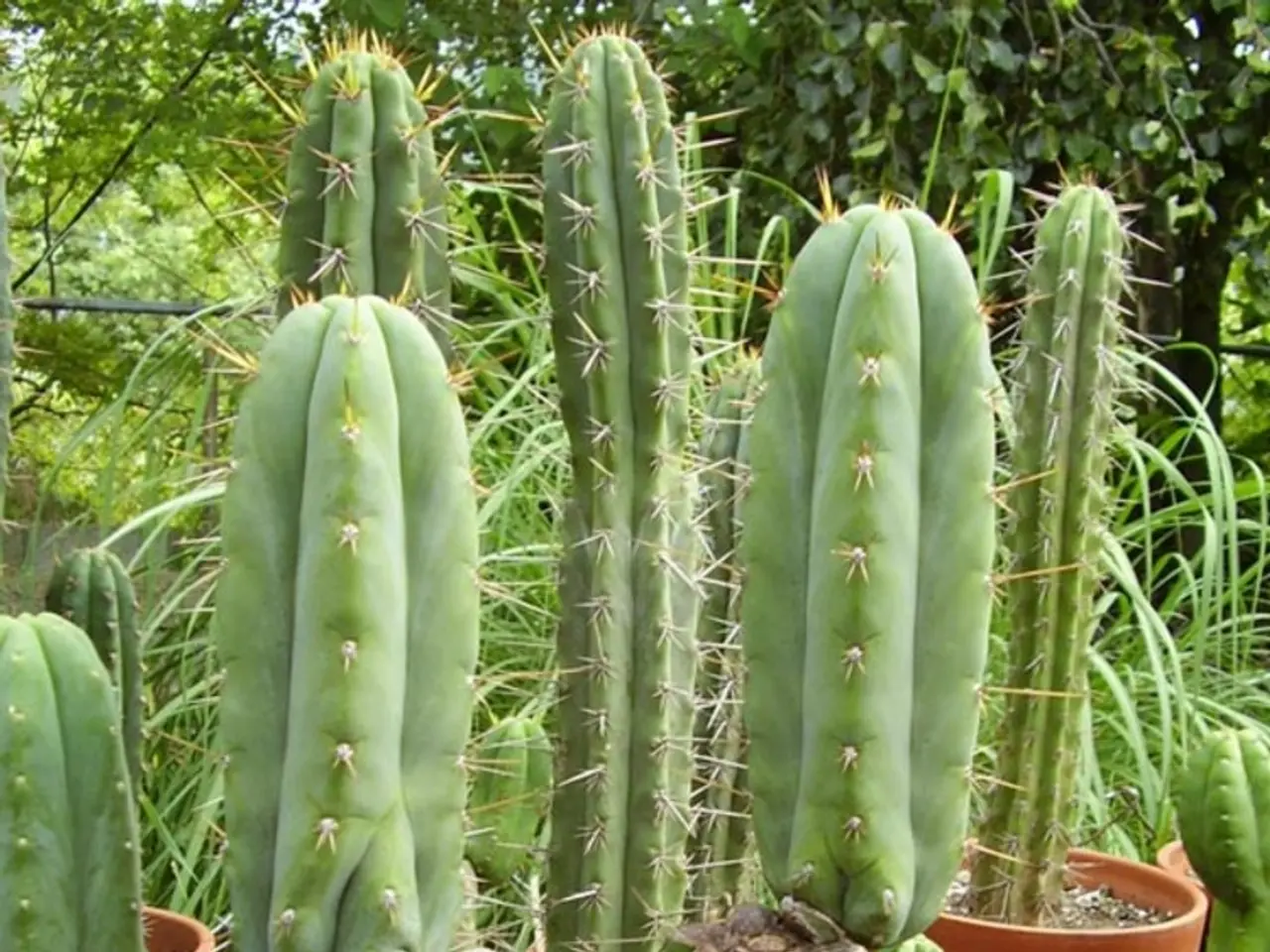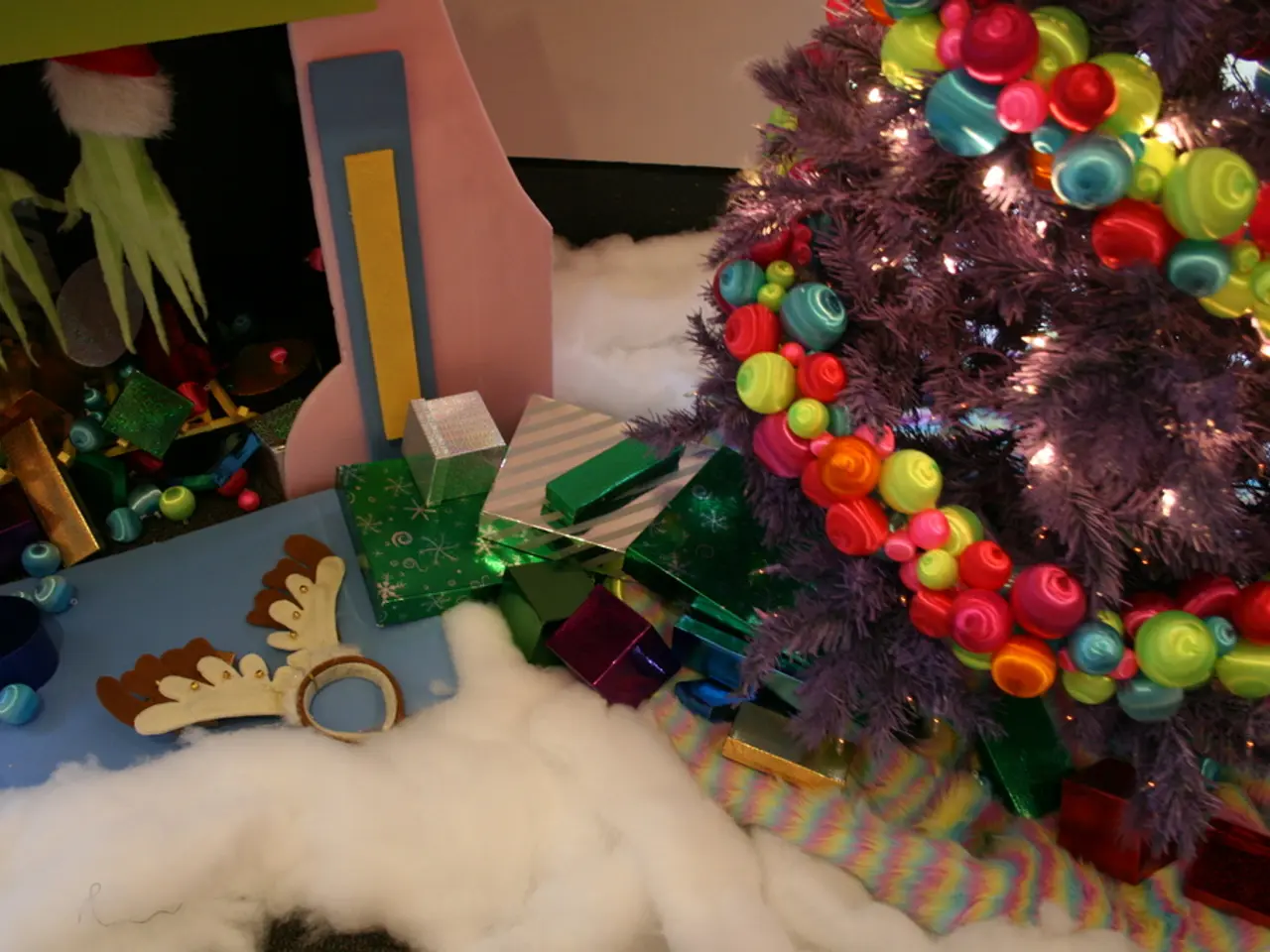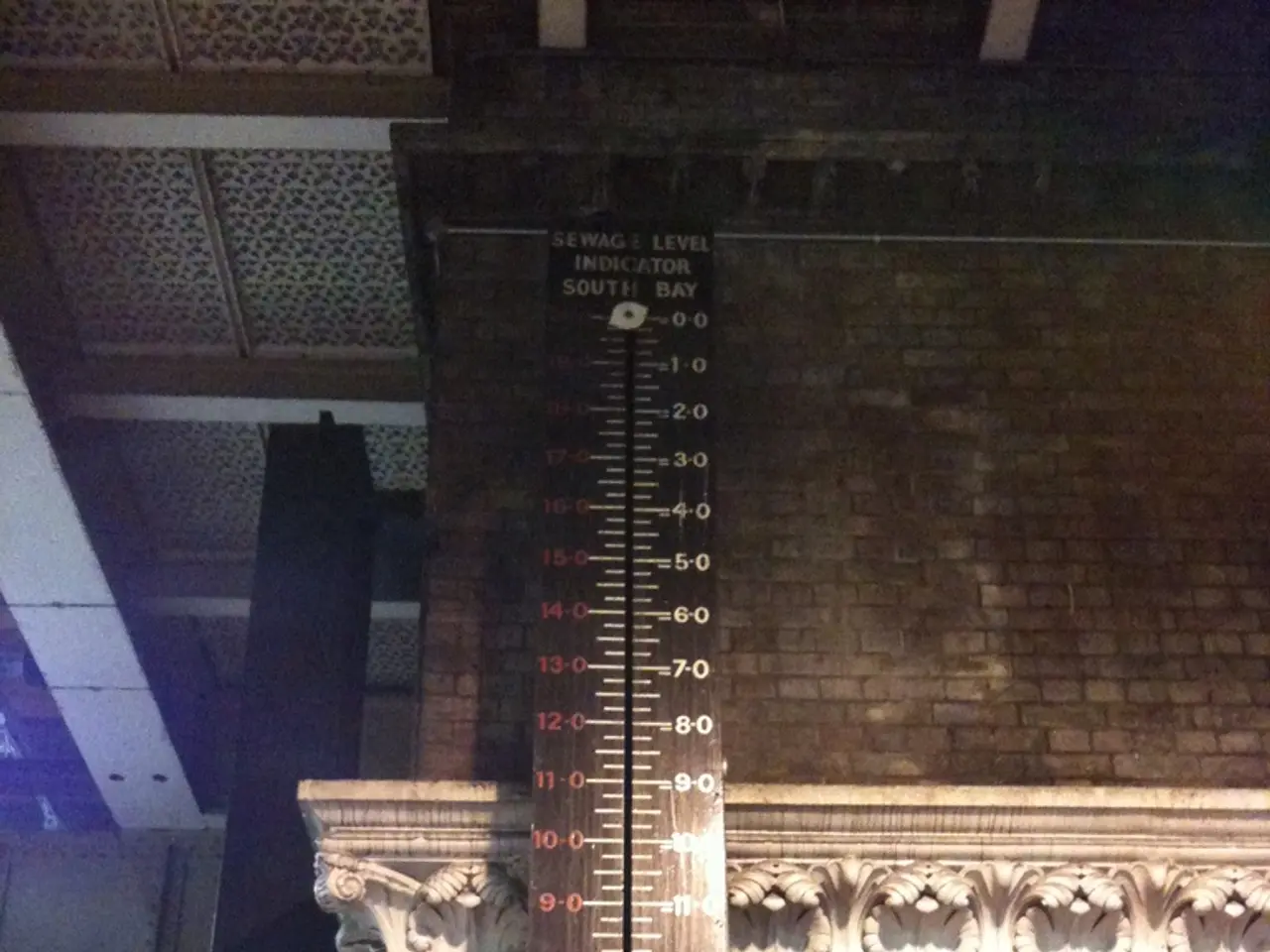Guide to Cactus Maintenance
In the world of horticulture, few plants require as much care and attention as cacti and succulents. These desert dwellers have unique needs that set them apart from other plants, and understanding these requirements is key to ensuring their healthy growth.
Pot Size
When it comes to choosing a pot for your cactus or succulent, size matters. The ideal pot should be only slightly larger than the current root ball, typically 1-2 cm bigger in diameter than their original pot. This is to avoid excess soil that can retain moisture and cause root rot. Moreover, the pot should have drainage holes to ensure excess water can escape, preventing waterlogging and root rot.
Soil Type
The soil for cacti and succulents should be a well-draining, aerated mix that mimics their natural desert habitat. Specialized cactus and succulent potting mixes are recommended because they include components such as pumice, lava rock, sand, and aged organic materials like fir and redwood bark. These ingredients improve drainage, aeration, and moisture retention without becoming soggy. A good cactus mix dries out quickly after watering to prevent excess moisture, inhibiting fungal growth and root rot. Some formulations also include beneficial mycorrhizae to support root development and nutrient uptake.
Handling
Handling cacti and succulents requires care. It is recommended to use gloves or a soft towel to protect yourself from spines and to handle the plant gently. When repotting, avoid over-potting and ensure that the plants are potted with just enough soil to support the roots without retaining excess moisture. After potting, wait a few days before watering to allow any root damage to heal and to prevent rot.
Special Handling for Spiny Plants
For spiny plants, a newspaper folded into a narrow band can be used to handle them like a belt or harness. For particularly stubborn pots, give several sharp, controlled blows to break the pot without damaging the plant. For plastic pots that are difficult to remove, use a sharp knife to cut away the pot.
Miscellaneous Tips
When potting, select a pot that is not too large, put sufficient drainage material in the bottom, and fill it about one-third full with your potting material. Do not use any additional potting material. After removing the plant, remove some of the soil around the root ball. In some plants with very thick roots, you can cut off the outside of the root ball including the roots.
Cactus and succulent plants require a pot size that is as small as possible, with cacti fitting in a pot just large enough and other succulents in a pot slightly larger than the root ball. Excellent drainage is more important than the potting material for cacti and succulents. The soil should be porous and spread over a deep layer of gravel or broken bricks.
By pruning away some of the roots and then taking off some of the top, you can keep a plant "growing on" in the same pot for years. If the plant is stuck, tap the pot gently on a hard surface or use a knife to help it come out. If the roots are overgrown, prune some of them away. Organic soil is rich in humus, leaf mold, or some other organic material, and coarse builder's sand or perlite will improve the drainage.
These practices help ensure healthy growth and prevent common problems like root rot and fungal infections, keeping your cacti and succulents thriving in their new homes.
Cacti and succulents, with their unique lifestyle, prefer home-and-garden environments that mimic their desert habitat. To create an ideal dwelling for these plants, use a potting mix that is well-draining, aerated, and porous, such as one that includes pumice, lava rock, sand, and aged organic materials. Additionally, a pot with a smaller size and ample drainage holes will help maintain space and prevent waterlogging, promoting a healthier lifestyle for your cactus or succulent.




